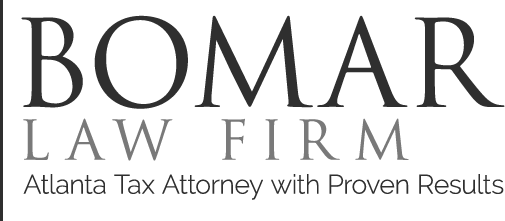Getting taxes filed on time can be stressful. The frustration that comes with filing taxes can be even worse if the Internal Revenue Service (IRS) claims that you need to pay a fine because you failed to meet a deadline. There are a number of potential problems the IRS can allege and use to try to fine a taxpayer. One example recently discussed by the Tax Court is the Statutory Notice of Deficiency (SNOD).
The case involves a taxpayer that had problems with identity theft. As a result, the IRS gave him an Identity Protection (IP) PIN to include with his tax filings. The IRS uses this number to help better ensure fraudsters do not misuse the taxpayer’s Social Security number. The issue involved the taxpayer’s 2013 tax filings. The taxpayer’s CPA sent the filings to the IRS in 2014. The IRS rejected these filings because the CPA did not include the IP PIN. The CPA resubmitted the filings with the IP PIN in 2015. The only change with the resubmitted filings was inclusion of the IP PIN. After an audit, the IRS issued a fine using a Statutory Notice of Deficiency (SNOD) in 2018. The taxpayer countered, stating the IRS request was past the 3-year time limit for these types of fines.
Que a courtroom battle. The IRS states it is fine as the true filing date was the second submission in 2015. The taxpayer counters, that the filing was in 2014 and the time limit for the SNOD has passed.
This led to a court discussion on how the time limit is set for a SNOD. The Tax Court used two questions to find the answer.
Question #1: Was the original filing an official return?
The rules for answering this question are set out in a previous case, Beard v. Commissioner. In this case, the Tax Court established a three-part test.
- Does the document purport to be a return and does it provide sufficient information to calculate the tax liability?
- Did the taxpayer make an honest and reasonable effort to satisfy the requirements of the tax laws?
- Did the taxpayer sign the return under penalties of perjury?
In this instance, the court stated the taxpayer met the first test. The taxpayer also met the second, as the only difference in the two forms was the inclusion of the IP PIN. The third led to debate. The IRS argued that a valid signature in this situation required the IP PIN, the taxpayer said it only required a signature. After review, the court agreed with the taxpayer. With all three questions answered in favor of the taxpayer, the court stated the filing was an official return.
Question #2: Were the tax returns properly filed?
To determine if a tax return is properly filed, the court essentially looks to see whether the taxpayers filing complies with the IRS’s requirements. As a result, a return is properly filed when sent to an IRS office. Here, the e-file was sufficient.
Ultimately, the court held in favor of the taxpayer stating the IRS was too late to issue a tax penalty. This case provides an important lesson for all taxpayers: not every decision by the IRS is final. Taxpayers can fight back.


